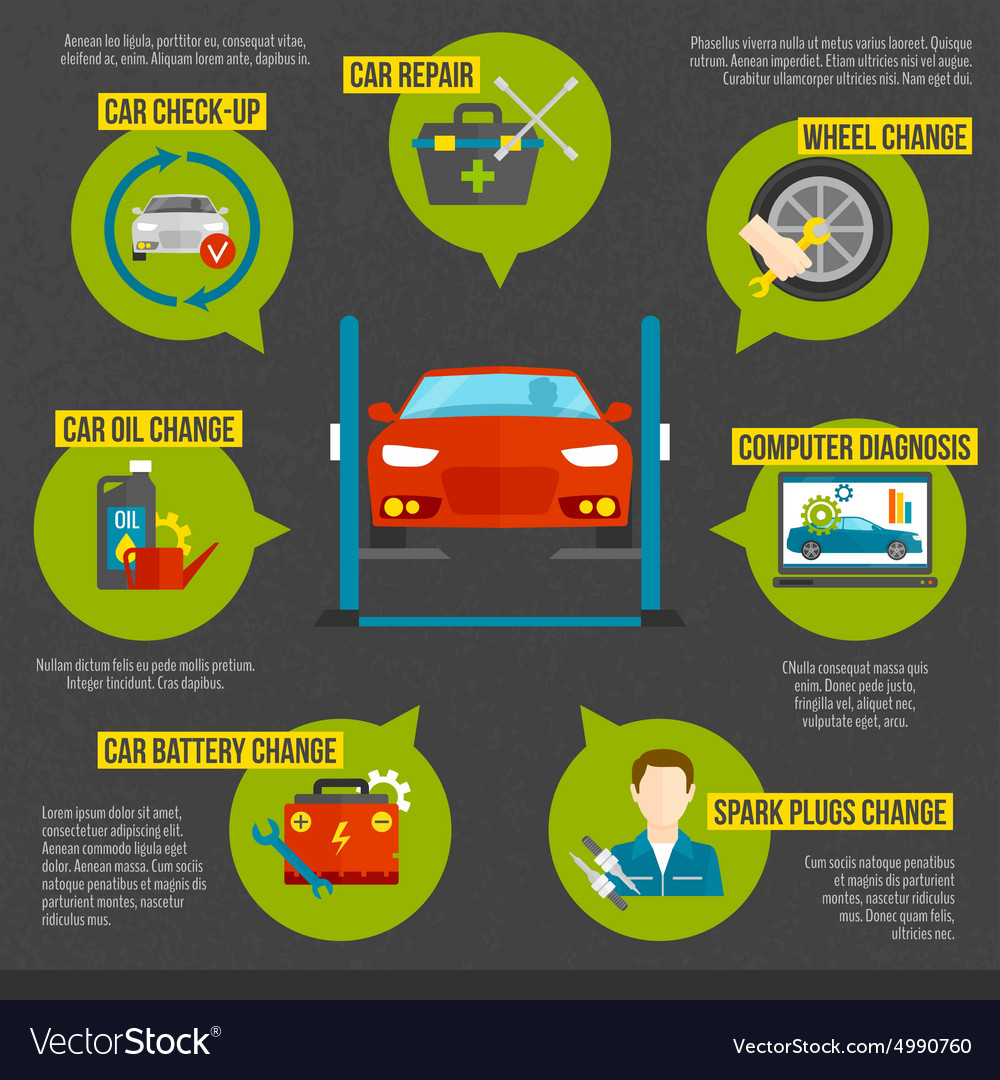Understanding The Meaning Behind Your Vehicle'S Caution Lights: An Extensive Appearance
Understanding The Meaning Behind Your Vehicle'S Caution Lights: An Extensive Appearance
Blog Article
Article Composed By-Lim Winters
When you're behind the wheel, those glowing caution lights on your control panel can be a little bit puzzling. Do you understand what they're attempting to inform you regarding your automobile's health and wellness? Understanding the significance of these lights is essential for your security and the longevity of your lorry. So, the next time among those lights turns up, wouldn't you intend to decipher its message precisely and take the necessary steps to resolve it?
Common Caution Lights and Interpretations
Recognize usual caution lights in your car and recognize their meanings to make sure risk-free driving.
The most typical warning lights include the check engine light, which indicates problems with the engine or emissions system. If boat interior cleaning begins, it's vital to have your car examined immediately.
The oil stress warning light indicates low oil pressure, needing prompt interest to stop engine damage.
A blinking battery light may recommend a damaged charging system, possibly leaving you stranded otherwise resolved.
The tire stress tracking system (TPMS) light notifies you to reduced tire pressure, affecting vehicle security and fuel efficiency. Neglecting this might lead to unsafe driving problems.
The abdominal muscle light indicates a problem with the anti-lock stopping system, jeopardizing your capacity to stop rapidly in emergencies.
Finally, the coolant temperature advising light warns of engine overheating, which can cause extreme damages if not solved promptly.
Understanding these usual warning lights will aid you address issues immediately and preserve safe driving conditions.
Relevance of Prompt Attention
Comprehending the usual warning lights in your cars and truck is only the initial step; the value of without delay addressing these warnings can't be emphasized enough to ensure your safety on the road.
When a caution light illuminates on your dashboard, it's your vehicle's method of connecting a possible issue that requires focus. Neglecting these warnings can lead to much more severe issues down the road, endangering your security and potentially costing you more out of commission.
view to advising lights can avoid malfunctions and accidents. For example, a flashing check engine light could suggest a misfire that, if left ignored, could trigger damage to the catalytic converter. Resolving this quickly can conserve you from a costly fixing.
Likewise, a brake system alerting light could signify reduced brake liquid or worn brake pads, essential parts for your security when driving.
Do It Yourself Troubleshooting Tips
If you see a warning light on your control panel, there are a few DIY troubleshooting tips you can attempt before seeking professional assistance.
The very first step is to consult your car's manual to comprehend what the particular caution light indicates. In some cases the problem can be as easy as a loosened gas cap setting off the check engine light. Tightening the gas cap might solve the problem.
Another typical concern is a reduced battery, which can cause different advising lights. Inspecting https://gregoryvqkfy.dreamyblogs.com/31561540/personal-narrative-upgrading-my-old-car-through-a-weekend-break-of-describing-work for corrosion and ensuring they're secure may deal with the issue.
If a caution light continues, you can attempt resetting it by separating the automobile's battery for a couple of mins and afterwards reconnecting it. In car interior wash , inspecting your car's liquid degrees, such as oil, coolant, and brake liquid, can aid fix warning lights associated with these systems.
Final thought
To conclude, comprehending your vehicle's caution lights is vital for maintaining your lorry running smoothly and securely. By promptly resolving these alerts and knowing what they mean, you can prevent expensive repairs and potential failures.
Keep in mind to consult your vehicle's handbook for specific details on each warning light and take action as necessary to make certain a trouble-free driving experience.
Stay notified, remain safe on the road!
